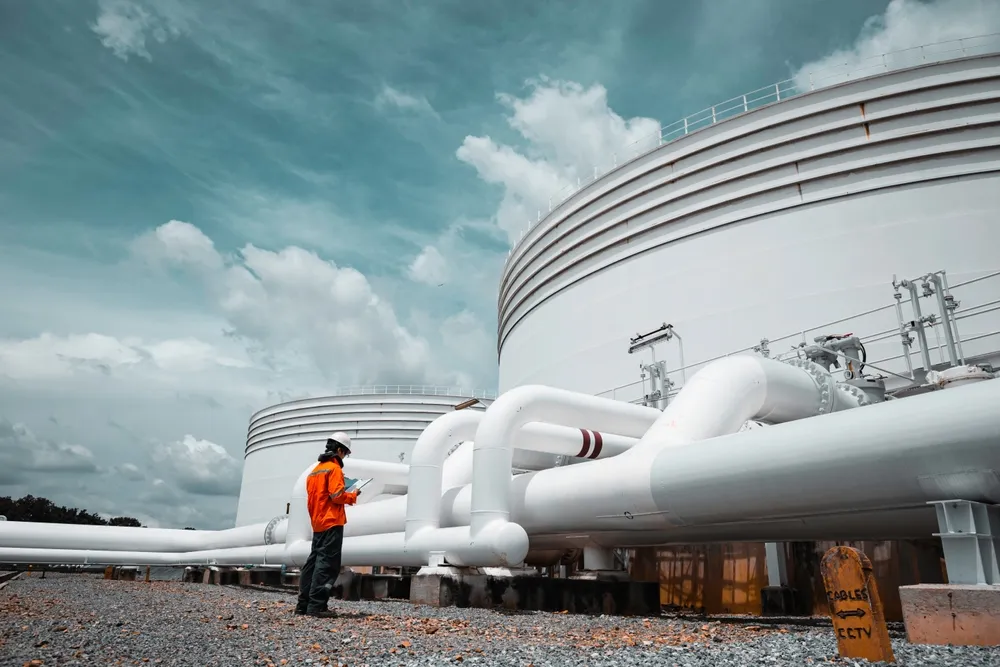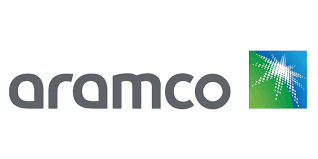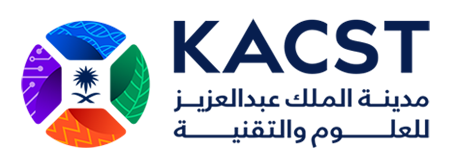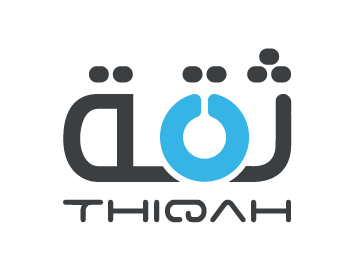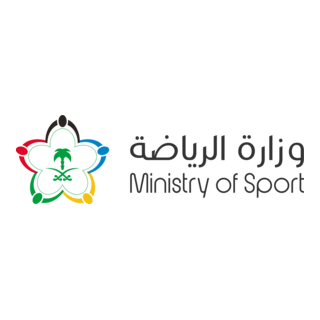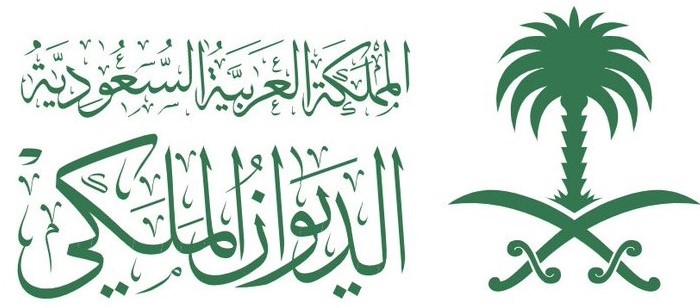Introduction:
The Compressor and Pump Technology Manager Program provides comprehensive knowledge of various types of compressors and pumps, including reciprocating, rotary, and dynamic types. The course covers detailed equipment and operational aspects for trunk piston, sliding crosshead piston, diaphragm, rotary screw, straight lobe, sliding vane, liquid ring, centrifugal, and axial compressors, as well as piston, plunger, rotary, screw, two- and three-lobe, cam, vane, bellows-type metering, diaphragm, canned motor, and centrifugal pumps.
Participants will gain in-depth knowledge of bearings, including selection parameters, design calculations, sealing systems, common problems, repairs, and maintenance, including preventive and predictive strategies.
This training is essential for personnel handling compressors and pumps, covering both operational aspects and necessary precautions and procedures for proper use and servicing.
Objectives:
By the end of this Compressor and Pump Technology Manager course, participants will be able to:
- Select and design compressors, pumps, and bearings for optimal efficiency, reliability, and service life.
- Size and select dynamic and positive displacement compressors and pumps based on performance characteristics and selection criteria.
- Conduct examination and testing of critical components using advanced fault detection techniques.
- Choose appropriate bearings, lubricants, sealing methods, and commissioning aspects; perform vibration and oil analysis; diagnose issues; and carry out predictive and preventive maintenance.
- Reduce downtime and operating costs while enhancing the efficiency, reliability, and lifespan of compressors and pumps.
- Understand compressor surge and surge control features.
- Investigate and prevent failures in compressors and pumps.
- Describe modern compressed air system configurations and features that improve reliability.
- Design basic and advanced compressors and pumping systems.
- Understand different types of sealing systems used in compressors and pumps.
Training Methodology:
- Lectures
- Case studies
- Group discussions
- Workshops
- Simulations
- Diagnostic testing drills
- Individual and group design activities
Course Outline:
Unit 1: Gaseous Laws, Loader-types and Usage of Compressors
- Ideal gas and real gas
- Compressor polytropic efficiency and power requirements
- Volumetric flow rate and efficiency
- Cyclonic, linear, and radial compressors
- Centrifugal and axial fans
- Compressor system control and unloading
- System housekeeping and preventive maintenance
Unit 2: Positive Displacement Compressors
- Performance warranty of positive displacement compressors
- Piston compressors and slewing of reciprocating compressors
- Membrane compressors
- Rotary screw compressors and filter separators
- Toothed rotor blowers and screw rotary compressors
- Liquid/gas separation technologies
Unit 3: Dynamic Compressors
- Compressor technology dynamics
- Centrifugal and axial impeller machines
- Performance dynamics of dynamic compressors
- Surge systems and testing
- Compressor internal and external aids
Unit 4: Dynamic Compressors Performance, Compressor Seals, and Compressor System Calculations
- Surge, stonewall, and surge control systems
- Various seal systems: gas seals, liquid seals, contact seals, and dry seals
- Compression system design considerations
Unit 5: Bearings, Lubrication, Vibration Analysis, and Predictive Maintenance
- Purpose and types of bearings
- Lubrication types and analysis
- Vibration analysis and predictive maintenance
- Diagnostic applications
Unit 6: Pump Categories and Centrifugal Pumps
- Classification of pumps: Dynamic and positive displacement
- Centrifugal pump operations, casings, diffusers, impellers, and performance characteristics
- Hydro-static pressure test and cavitation
Unit 7: Centrifugal Pump Mechanical Seals
- Components and types of mechanical seals
- Seal lubrication and leakage
- Maintenance and troubleshooting of seals
Unit 8: Positive Displacement Pumps
- Reciprocating, piston, plunger, rotary, screw, and lobe pumps
- Cam, vane, bellows-type metering, diaphragm, and canned motor pumps
Unit 9: Troubleshooting of Pumps
- Service, troubleshooting, and maintenance of various pumps
- Water hammer, bearings, and smart instrumentation
Unit 10: Pump Selection
- Pumping system computations and design
- Selection of pumping systems for oil, gas, and power generation industries
- Control valve selection, cavitation, noise, actuators, positioners, and diagnostics

